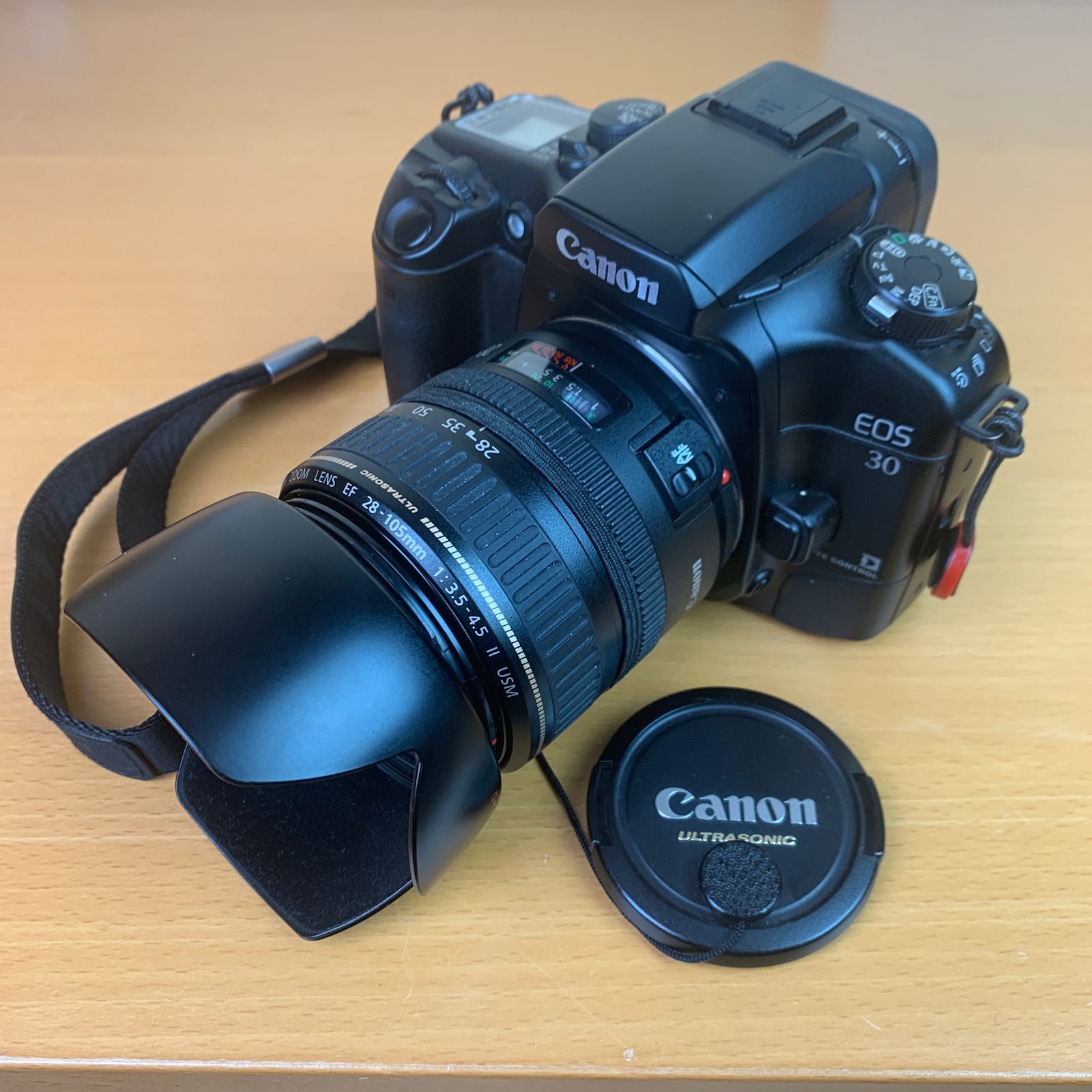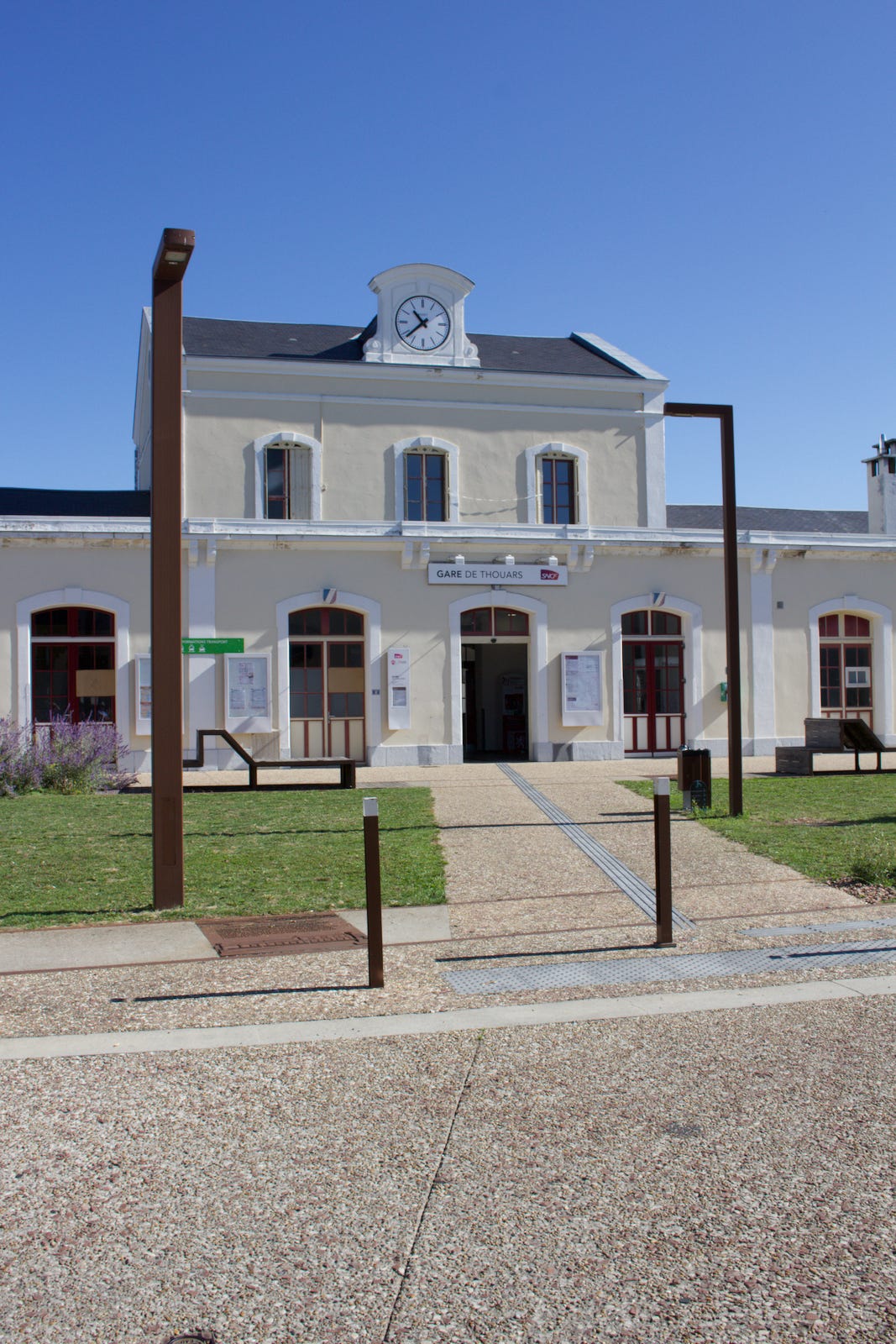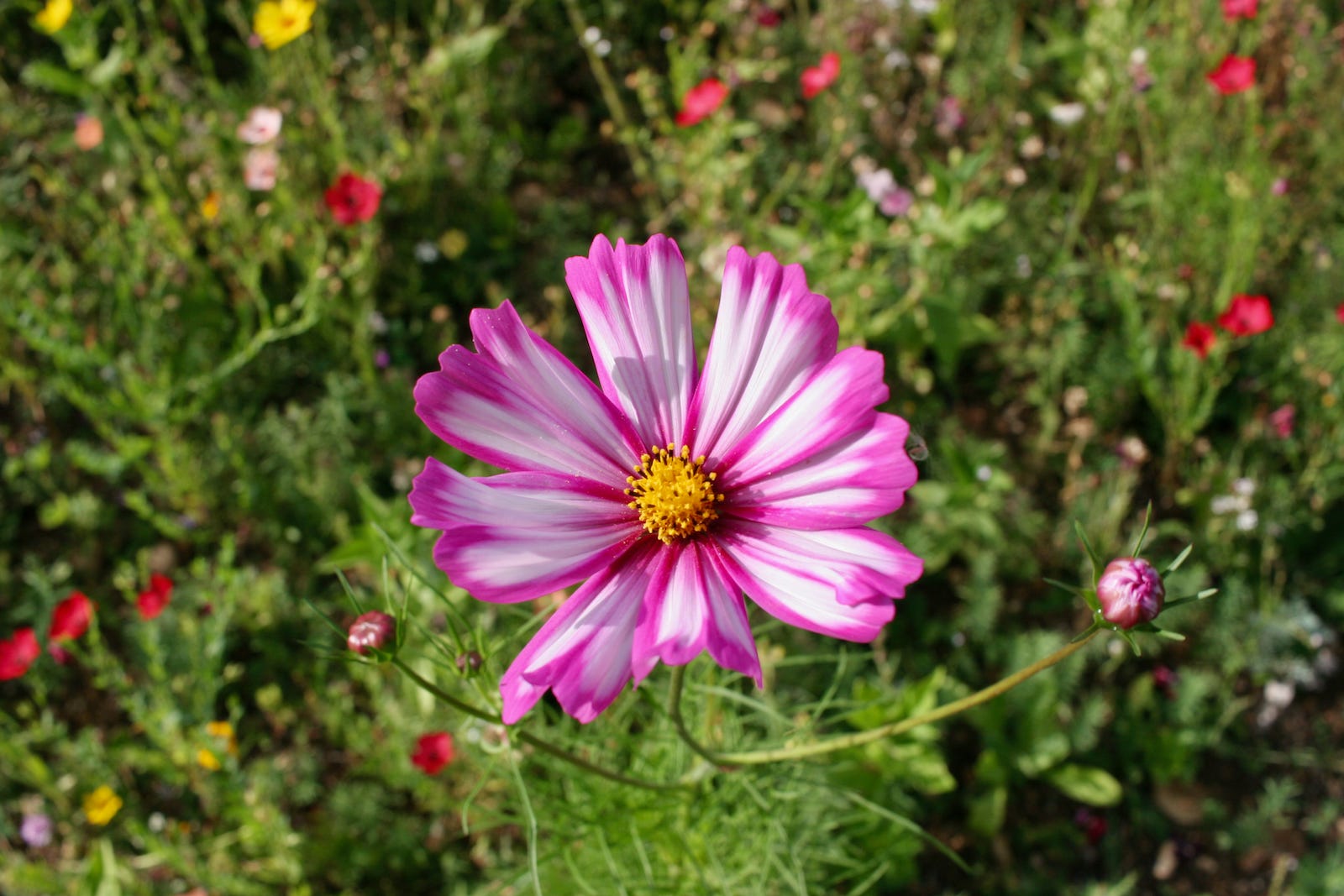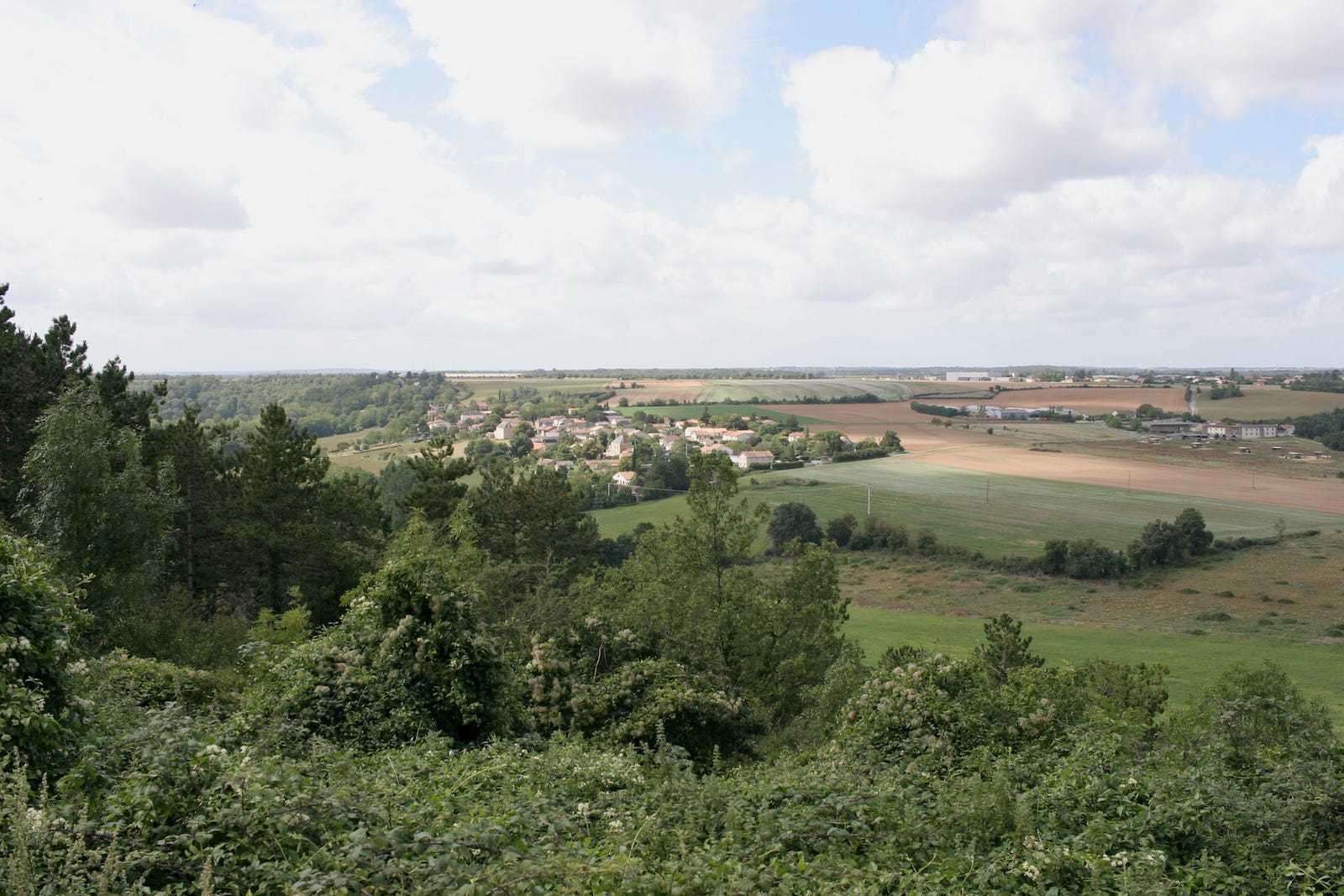I’ve been taking photographs for over 50 years, quite scary when you work it out!
I vaguely recall my first camera is one my parents gave me that they had got as a free gift or similar. It was very similar to the ‘Diana’ 120 cameras we still see today in different guises. I don’t remember using that camera a lot or what ever happened to it.
 On a trip to London I was gifted a Kodak Instamatic 25 camera, this used 126 cartridge film. I remember using this camera a lot. I still have it, but sadly it isn’t easy to obtain 126 cartridge film these days.
On a trip to London I was gifted a Kodak Instamatic 25 camera, this used 126 cartridge film. I remember using this camera a lot. I still have it, but sadly it isn’t easy to obtain 126 cartridge film these days.
When I was about 14 or 15 I got friendly with another pupil at school who was also keen on photography, he made me aware of a shop in Liverpool that sold second hand cameras.
 With my saved up pocket money we took a trip over there and I bought a Praktica Nova 1B a single lens reflex camera. I also had to buy an exposure meter because the Nova 1B didn’t have a built in meter. I bought a bag and flash gun as well.
With my saved up pocket money we took a trip over there and I bought a Praktica Nova 1B a single lens reflex camera. I also had to buy an exposure meter because the Nova 1B didn’t have a built in meter. I bought a bag and flash gun as well.
I used this camera for a number of years, I left school in 1975 and started work the Praktica came with me and I continued to use it.
I joined a photography group in Milton Keynes and I learnt how to develop my own black and white film, as well as printing my own photographs.
 I sold the Nova 1B to a friend of mine when I was offered a Praktica LTL3 and some additional lenses. The LTL3 had a built in light meter and was a more modern design compared to the Nova1B. I used this camera a lot through the 1980’s.
I sold the Nova 1B to a friend of mine when I was offered a Praktica LTL3 and some additional lenses. The LTL3 had a built in light meter and was a more modern design compared to the Nova1B. I used this camera a lot through the 1980’s.
 In the late 1980’s now married and with a young family I decided to look for a new camera and found an Olympus OM30 for sale in the local newspaper. The OM30 had a focusing assist mode, it basically had a contrast detection system and it indicated which way to rotate the focus ring and when the lens was in focus. It worked with any brand or type of manual focus lens.
In the late 1980’s now married and with a young family I decided to look for a new camera and found an Olympus OM30 for sale in the local newspaper. The OM30 had a focusing assist mode, it basically had a contrast detection system and it indicated which way to rotate the focus ring and when the lens was in focus. It worked with any brand or type of manual focus lens.
The OM30 was used throughout the 1990’s and I continued to enjoy taking photographs and exploring new places with my camera fitted with a zoom lens.
By the late 1990’s I was on the look out for a newer camera. Digital cameras had started to appear but they were still expensive and low resolution. After a lot of research and trying different cameras in a local shop I bought a Canon EOS30 SLR film camera.
A few years later I was made redundant from my job and I decided to buy a digital camera, the Canon EOS20D APS-C DSLR had then become recently announced so I bought one of those with a 17-85mm zoom lens (27-136mm 35mm equivalent. I used this extensively for the next ten years or more.
Travelling with the EOS20D and zoom lens could prove a bit of a problem on budget airlines because of the weight. For a grand seven week adventure to Canada and USA, I bought a Canon EOS100D (SL1) this was considerably smaller and lighter than the EOS20D.
The 100D has continued to be my main camera alongside using my iPhone in daily use.
In the summer of 2021 I inherited a Nikon D300, it proved to be quite a learning curve to learn a different system. But it sparked my interest in older cameras again.
 I also started using again my wife’s long put aside Canon Powershot SX120is compact digital camera.
I also started using again my wife’s long put aside Canon Powershot SX120is compact digital camera.
I started using this compact camera after seeing the new keen interest in older digi-cams on various You Tube channels: One Month Two CamerasOne Month Two Cameras, Lucy-Lumens Analogue Adventures, Snappiness.
I also laid claim to my son’s Canon EOS600D, this was a similar age to my own EOS100D but a better fit in the hand.
I am enjoying using these various cameras on a regular basis.
In 2024 I’m hoping to try my hand again at film photography and also do some black and white photography for the first time again in few years. Although I no longer my processing gear so I will be using a film processing company in Paris.













